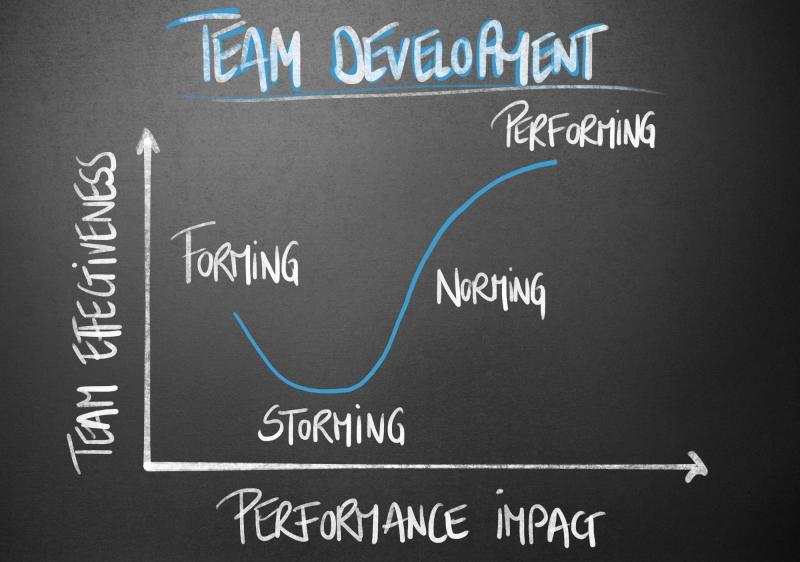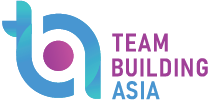With the new ways of working of the past year and a half, along came new management and team development challenges. It’s very challenging to manage a team remotely and for a team to develop itself remotely. There often are misunderstandings due to communication restrictions (body language for example) and misinterpretations.
To improve teamwork and help businesses to become more efficient, Professor Bruce Wayne Tuckman published a theory “Tuckman’s Stages” in 1965. It discussed the four stages of group development all teams go through: forming, storming, norming and performing. In 1977, Tuckman and doctoral student Mary Ann Jensen added a fifth stage called adjourning. This made the final model “Five Stages of Team Development”.
Understanding the Five Stages of Team Development can help guide your management in the right direction, remote or not.
Here is how each stage of team development works:
-
- Forming
Team members meet for the first time and start a project. It’s key for team leaders to facilitate introductions and highlight everyone’s background and skills. Teams receive project details and start organising their responsibilities.
-
- Storming
Then, team members openly share thoughts and ideas. They get the opportunity to stand out and to be accepted by their peers. Team leaders can help by having a plan in place to manage competition, facilitate communication and ensure the projects are on track.
-
- Norming
Teams have now figured out how to collaborate. As they have learned how to give and receive feedback, each team member now works more efficiently. There is no more internal competition, the responsibilities and objectives are clear.
-
- Performing
By now, the team members trust each other and there is a high level of cohesion. This is their peak performance in terms of efficiency and the team needs less oversight from team leaders. Issues still arise but at this point, teams have strategies to resolve problems without compromising deadlines and progress.
-
- Adjourning
Teams finalise their project and review what was a success and what can be improved for future projects. Afterwards, teams move on to new projects.

How can you use this model to amplify the strengths within your (remote) team in order for projects to be successfully completed on time?
Can your team leaders guide your teams to complete projects with success?
PS: did you know we can help you achieve these stages of total team development with our integral programmes?



